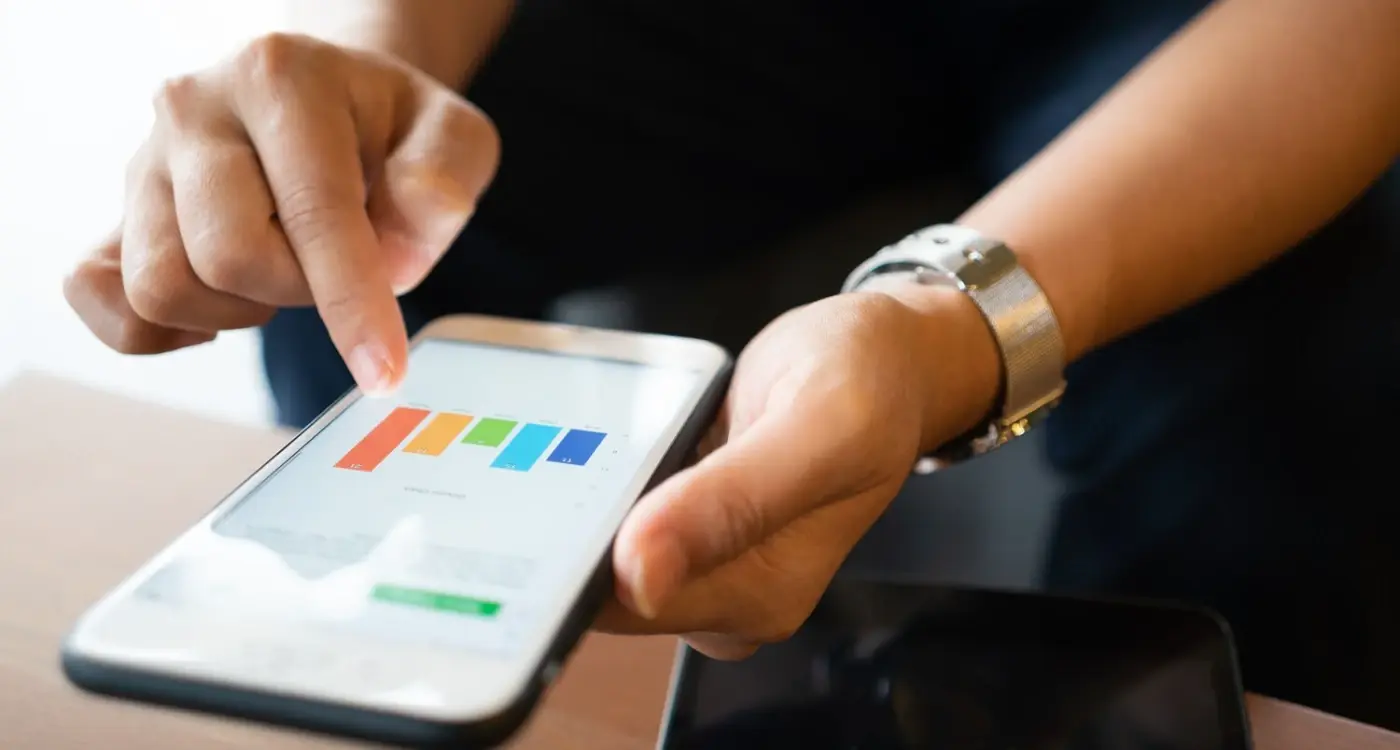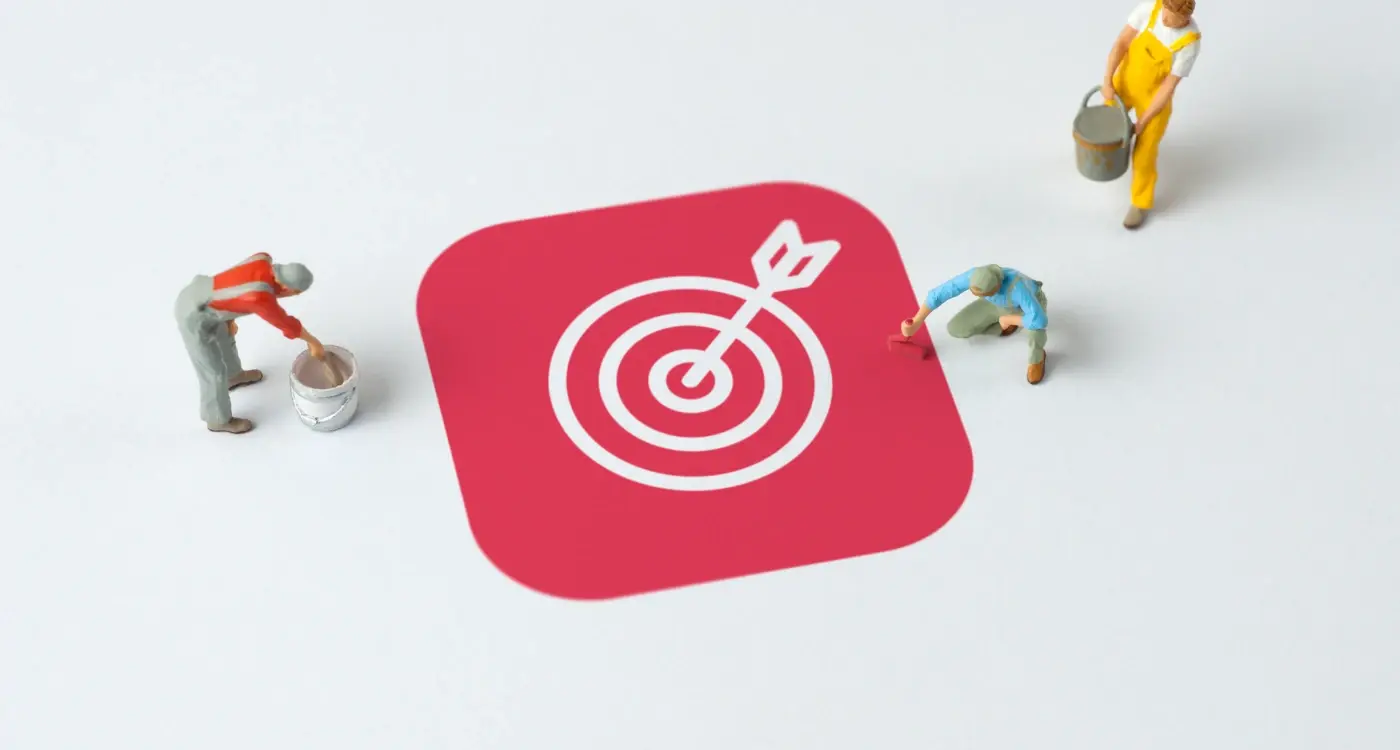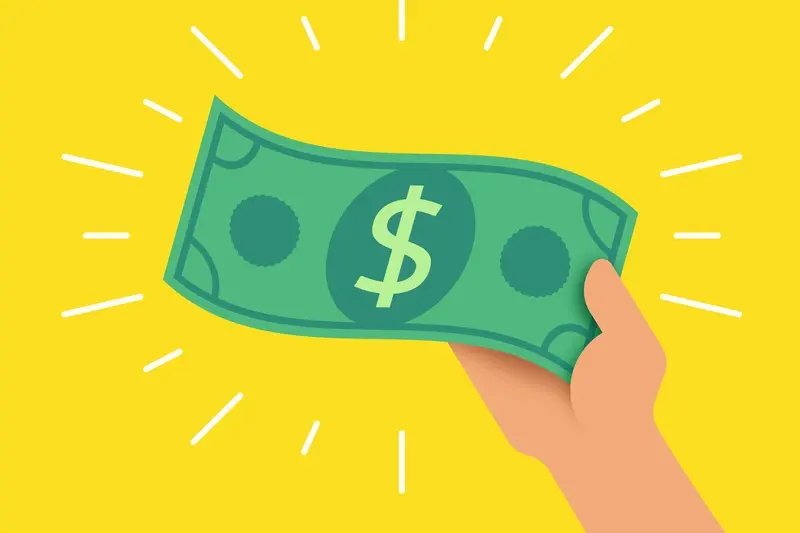Can I Offer Both Free and Paid Versions of the Same App?
The question of whether you can offer both free and paid versions of the same mobile app comes up constantly in my work with clients. The short answer is yes, absolutely you can—but there's quite a bit more to consider than you might think.
Many successful apps use this dual approach, offering users a taste of what they can expect whilst generating revenue from those who want the full experience. Think of it as giving someone a sample before they buy the whole product. The free version acts as a gateway, allowing users to test your app without any financial commitment, whilst the paid version delivers additional features, removes limitations, or provides an enhanced experience.
The key to successful dual versions isn't just about what you include or exclude—it's about creating genuine value at both levels whilst maintaining a clear upgrade path that feels natural, not forced.
This pricing strategy has become increasingly popular because it addresses a fundamental challenge in mobile app development: getting users to try something new. People are naturally hesitant to pay for apps they haven't used before, especially when there are millions of alternatives available. By offering a free version, you remove that initial barrier whilst still maintaining the opportunity to monetise your work. The technical side is straightforward—you can publish separate apps or use in-app purchases to unlock features within a single app. What's more complex is getting the balance right between giving away enough to hook users whilst keeping enough back to justify the paid upgrade.
Understanding Different App Versions
When we talk about offering both free and paid versions of the same app, we're really talking about three main approaches that developers use. Each one works differently and appeals to different types of users—but they all have their place in the app world.
Freemium Models
The freemium approach gives users a basic version of your app for free, then charges for premium features. Think of it as offering a taste before asking people to buy the full meal. Users get genuine value from the free version, but if they want advanced tools or extra functionality, they'll need to upgrade. This works brilliantly because people can try before they buy, which reduces that initial barrier to download.
Free Trials vs Lite Versions
Free trials offer the full app experience for a limited time—usually between 7 and 30 days. After that period ends, users must pay to continue using the app. Lite versions, on the other hand, are permanently free but with significant limitations compared to the paid version.
- Free trials showcase your app's complete value proposition
- Lite versions act as permanent marketing tools
- Freemium models balance ongoing value with upgrade incentives
- Each approach requires different development and marketing strategies
The key difference lies in user expectations and conversion strategies. Free trials create urgency—users know their access is temporary. Lite versions and freemium models focus on gradual conversion through demonstrated value over time. Your choice depends on your app's core functionality, target audience, and how quickly users typically recognise your app's value.
The Business Case for Dual Versions
Let's be honest—offering both free and paid versions of your mobile app isn't just a nice-to-have strategy anymore. It's become one of the most effective ways to build a sustainable business in today's competitive app market. The numbers don't lie; apps with dual versions consistently outperform single-version apps when it comes to user acquisition and long-term revenue.
The beauty of this pricing strategy lies in its ability to cast a wider net. Your free version acts as a powerful marketing tool, removing the biggest barrier to entry—asking people to pay for something they've never tried. Once users experience the value your app provides, converting them to the paid version becomes much easier. It's like giving people a taste before they buy the whole meal.
Revenue Benefits That Actually Matter
The financial benefits of dual versions extend far beyond simple subscription fees. Free users often become your biggest advocates, sharing your app with friends and family. This organic growth can dramatically reduce your customer acquisition costs—something every app developer should care about.
- Lower customer acquisition costs through organic sharing
- Higher lifetime value from converted users
- Multiple revenue streams from ads, subscriptions, and premium features
- Better market penetration in price-sensitive regions
- Increased app store visibility through higher download numbers
Market Positioning Advantages
Dual versions also give you incredible flexibility in how you position your app in the market. You can compete with completely free apps whilst still generating revenue from users who want premium features. This positioning strategy has helped countless apps dominate their categories.
Track your conversion rates religiously—aim for at least 2-5% of free users upgrading to paid within the first month. If you're seeing lower rates, your free version might be offering too much value or your paid features aren't compelling enough.
Legal and Technical Considerations
Right, let's talk about the stuff that keeps app developers checking their emails late at night—the legal and technical bits. When you're offering both free and paid versions of your app, there are some rules you need to follow, and some technical challenges you'll face.
App Store Requirements
Both Apple and Google have strict guidelines about how you can offer different versions of your app. You can't just copy your paid app, remove a few features, and call it the free version. The app stores want clear differences between versions, and they don't like it when developers try to trick users into paying for things they thought were free.
Apple's App Store Review Guidelines specifically mention that apps shouldn't have confusing pricing structures or misleading descriptions. Google Play has similar rules. If your free version is basically useless without upgrading, you might get rejected. The key is making sure your free version actually provides value on its own.
Technical Architecture Challenges
Here's where things get interesting from a development perspective. You've got a few options: build two completely separate apps, or build one app with different feature sets unlocked based on the version. Most developers go for the single codebase approach because it's much easier to maintain—you're not fixing the same bug twice in two different apps.
But this means your app needs to handle user authentication, feature flagging, and purchase verification. Your free users shouldn't be able to access paid features, even if the code is sitting right there on their device. This requires proper backend integration and security measures.
You'll also need to think about data migration if users upgrade from free to paid, app analytics for tracking different user types, and how updates will work across both versions.
User Experience Across Versions
Getting the user experience right across both your free and paid mobile app versions is probably one of the trickiest parts of this whole dual versions approach. You want people to love your free version enough to stick around, but not so much that they never upgrade. It's a delicate balance that requires careful planning from day one.
The key is making sure your free version feels complete on its own—not like a broken toy missing half its pieces. Users should be able to accomplish meaningful tasks and get real value without feeling frustrated every few minutes. Think of it as giving people a proper taste of what you offer, not just a tiny sample that leaves them hungry.
Creating a Smooth Upgrade Path
Your pricing strategy needs to consider how users move between versions. The transition from free to paid should feel natural, not jarring. This means keeping the interface consistent; using the same navigation patterns; maintaining familiar design elements. When someone upgrades, they shouldn't feel like they're learning a completely different app.
The biggest mistake we see is when companies make their free version so limited that users get annoyed before they even understand the app's value
Technical Consistency Matters
Both versions need to feel equally polished—your free users are still representing your brand to their friends and colleagues. Slow loading times or buggy features in the free version will damage your reputation just as much as problems in the paid version. Performance standards should be identical across both versions of your mobile app, even if the feature sets differ.
The goal is creating an experience where users genuinely want to upgrade because they see the value, not because you've made the free version deliberately annoying to use.
Monetisation Models That Work
Right, let's talk about the money side of things—because having two versions of your app doesn't mean double the revenue unless you get your monetisation strategy right. The good news is that offering both free and paid versions actually opens up more ways to make money, not fewer.
The most straightforward approach is the freemium model. Your free version acts like a shop window, giving users a taste of what you offer whilst your paid version delivers the full experience. Think basic photo editing tools in the free version, professional filters and export options in the paid one. Users can see the value before they commit their cash.
Subscription vs One-Time Purchase
Here's where things get interesting. Subscriptions work brilliantly for apps that provide ongoing value—fitness tracking, productivity tools, or content streaming. Users pay monthly or yearly and get continuous updates and features. One-time purchases suit apps that solve a specific problem once, like advanced calculators or specialised utilities.
Some developers get clever and mix both approaches. The free version might have adverts that disappear with a subscription, whilst premium features unlock with a one-time purchase. Just don't make it too complicated—users should understand your pricing within seconds.
What Actually Converts
From what I've seen work best, your free version needs to be genuinely useful but leave users wanting more. If it's too limited, people won't bother downloading it; if it's too generous, they won't upgrade. The sweet spot is giving them enough functionality to solve their basic needs whilst making the premium features clearly valuable. Free versions that convert well typically offer about 60-70% of the full app's functionality.
Managing Development and Maintenance
Running dual versions of your mobile app means double the work—there's no getting around it. You'll need to maintain two codebases, fix bugs in both versions, and keep both apps updated when operating systems change. This isn't just about building the apps once; it's about the ongoing commitment that comes after launch.
The smart approach is to share as much code as possible between your free and paid versions. Most development teams create a single core app, then use feature flags or modular components to enable or disable functions based on which version the user has downloaded. This way, when you fix a bug or add a new feature, you're working on one main codebase rather than juggling two separate projects.
Planning Your Release Schedule
You'll need to coordinate updates across both versions of your app. App stores typically take a few days to approve updates, so plan accordingly. Some developers choose to update both versions simultaneously, while others stagger releases to monitor for issues in the free version before rolling out to paying customers.
Set up automated testing that runs on both app versions every time you make changes. This catches problems early and saves you from releasing broken updates to your users.
Resource Allocation
Budget for the extra time and resources needed to support two versions. Your customer support team will handle queries from both free and paid users—though you might want to prioritise paid customers. Marketing efforts need to account for both versions too, which can complicate your messaging but also gives you more opportunities to reach different user segments.
The key is treating this as an ongoing commitment rather than a one-time decision. Your pricing strategy will only succeed if you can maintain both versions effectively over time.
Common Pitfalls and How to Avoid Them
After years of helping clients launch dual-version apps, I can tell you that most failures happen for predictable reasons. The good news? These mistakes are completely avoidable if you know what to look out for.
The biggest trap I see developers fall into is making their free version too good. I know that sounds backwards, but hear me out. If your free app does everything users need, they'll never upgrade. You need to find that sweet spot where the free version is useful enough to keep people engaged, but limited enough to make them want more.
Feature Placement Gone Wrong
Many apps put their best features behind the paywall. This backfires spectacularly. Users download your free app, find it boring or limited, then delete it before they even consider upgrading. Instead, give them a taste of your best features;limit how much they can use them rather than hiding them completely.
Another classic mistake is inconsistent branding between versions. Your free and paid apps should feel like they belong to the same family. Different icons, colours, or interfaces confuse users and damage your brand credibility. For proper guidance on maintaining brand consistency across mobile platforms, it's worth investing time in your brand strategy early.
Technical and Marketing Missteps
On the technical side, many teams underestimate the complexity of managing two codebases. Without proper planning, you'll end up fixing the same bugs twice and struggling to keep features in sync. Consider using feature flags or a unified codebase from day one.
- Don't make upgrade prompts too aggressive—nobody likes being pestered
- Avoid confusing version names that don't clearly explain the differences
- Never release versions with different bug levels—quality must be consistent
- Don't forget to test the upgrade journey thoroughly before launch
The key to avoiding these pitfalls is planning your dual-version strategy before you write a single line of code, not after your app is already built.
Conclusion
So there you have it—offering both free and paid versions of the same mobile app isn't just possible, it's actually a smart business move when done properly. After building apps for nearly a decade, I can tell you that this dual versions approach has become one of the most reliable ways to grow a sustainable app business.
The key is getting your pricing strategy right from the start. You need to give your free users enough value to keep them engaged, whilst making your premium features compelling enough that upgrading feels like a natural next step. This balance takes practice, and you'll likely need to adjust your approach based on user feedback and behaviour data.
Don't forget the technical side either—managing two versions means more complexity in your development process, more testing, and ongoing maintenance for both versions. But the payoff can be significant. Free versions help you build a user base quickly, whilst paid versions generate the revenue you need to keep improving your mobile app. If you're working with limited resources, consider exploring strategies to reduce development costs whilst maintaining quality across both versions.
The most successful apps I've worked on using this model share one thing: they focus relentlessly on user value. They don't artificially cripple the free version or make the premium features feel like ransom demands. Instead, they create a natural progression where users genuinely want to upgrade because they can see the benefit.
Start simple, test with real users, and be prepared to iterate. Your first attempt at balancing free and paid features probably won't be perfect—and that's completely normal. The apps that succeed are the ones that listen to their users and adapt accordingly.
Share this
Subscribe To Our Learning Centre
You May Also Like
These Related Guides

How Should You Price Your App for Maximum Downloads?

How Do I Set Realistic Revenue Targets for My App?



